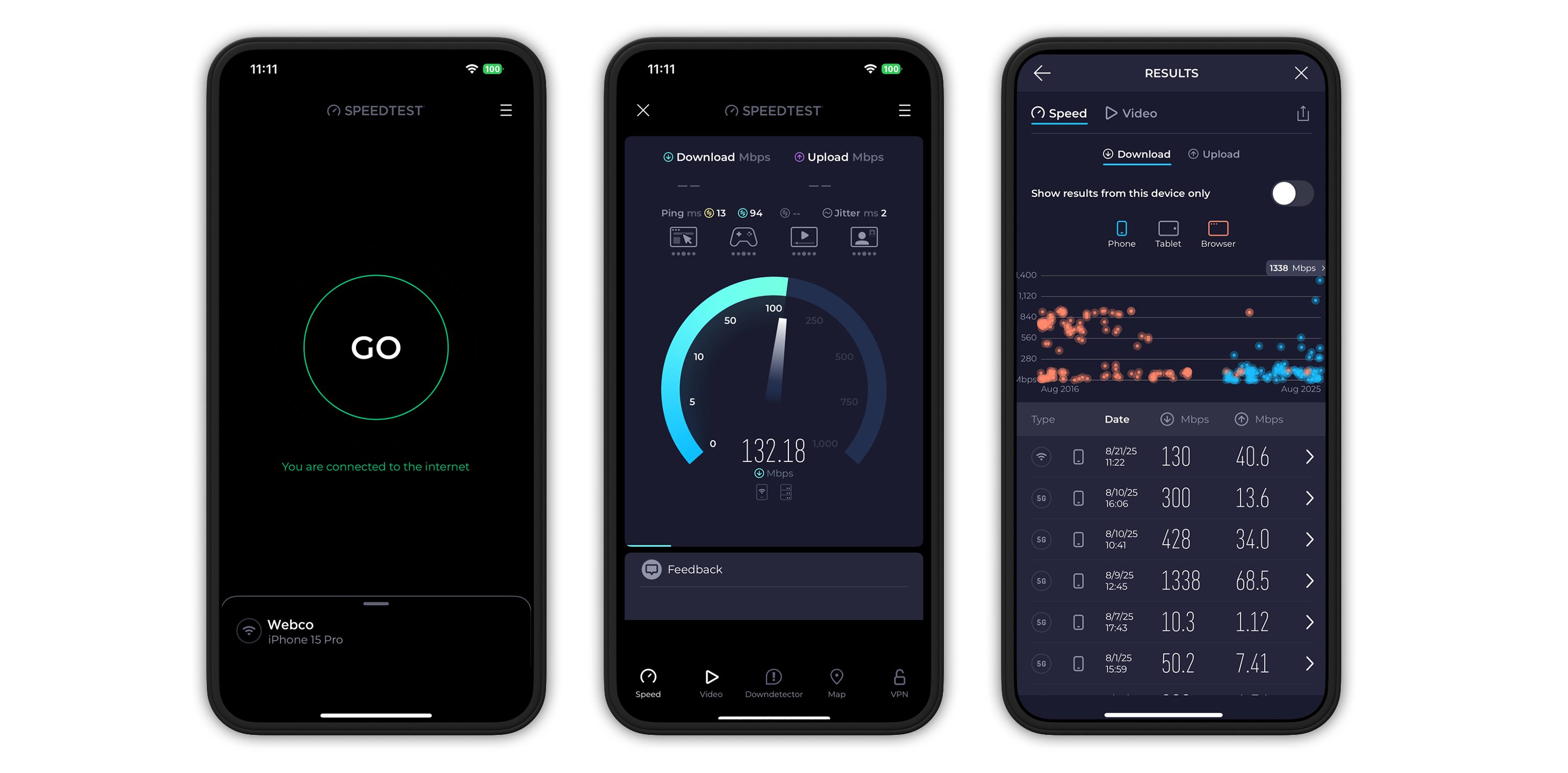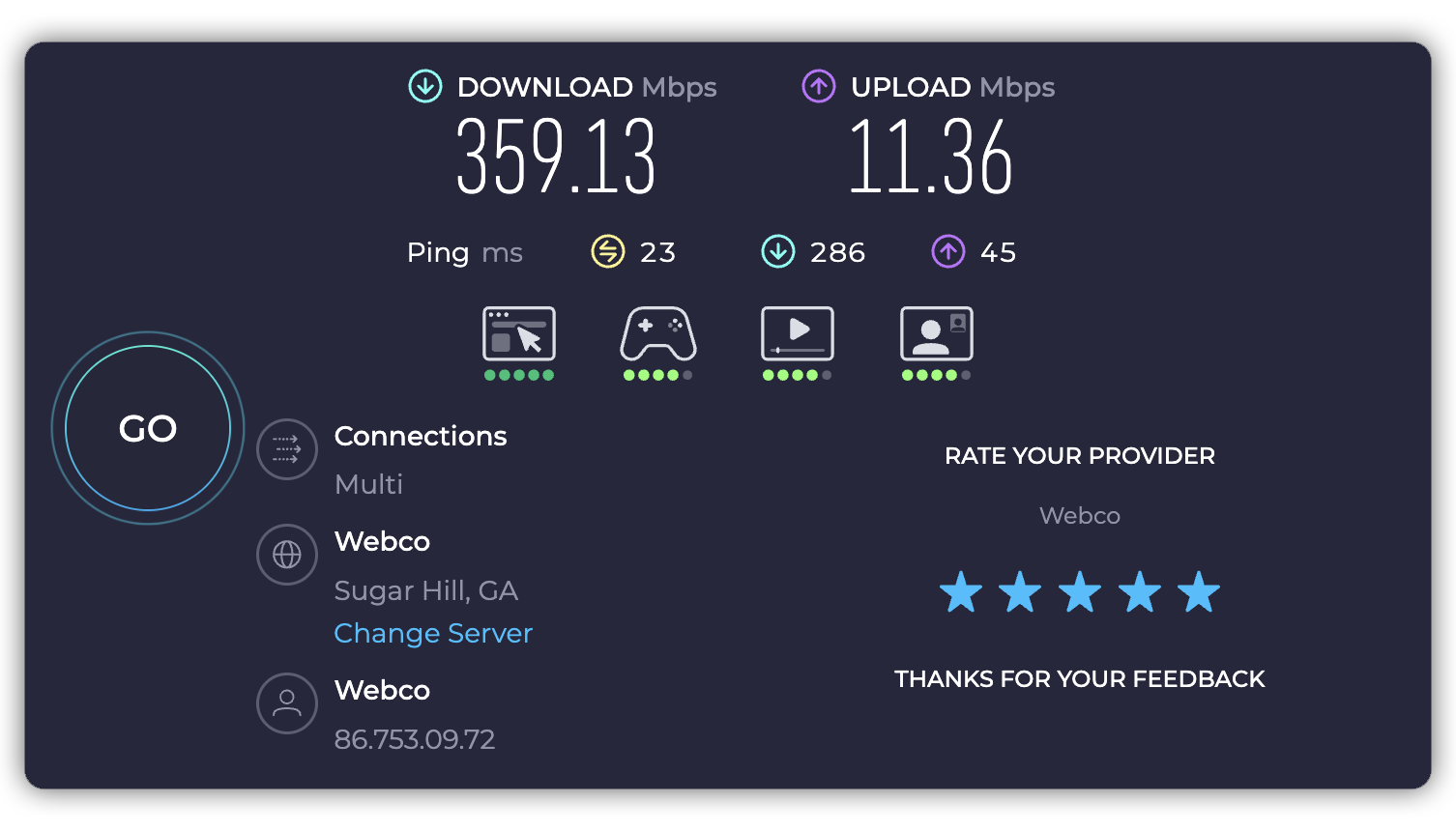Back-to-School Internet Tips: What Every Family Should Know
August arrives, and suddenly the internet connection that worked fine all summer starts feeling sluggish. The shift from relaxed summer usage to the heavier demands of the school year catches many families off guard. What seemed adequate when everyone was at the pool or camp can quickly buckle once multiple people are back online for school and work.
Understanding why your internet struggles during back-to-school season—and what you can actually do about it—can save your family from frustration and missed assignments.
Why More Family Members Online Means Slower Speeds for Everyone
Picture your internet connection as a highway with a fixed number of lanes. Over the summer, that highway may have had light traffic. Once school starts, the lanes fill up with simultaneous video calls, homework uploads, and work-from-home meetings. Add in background activity like photo syncing, app updates, and smart devices, and it’s easy to see why traffic slows.
For example, a family with a 100 Mbps download speed plan doesn’t give each person 100 Mbps. Instead, internet usage is cumulative, so 100 Mbps is the total speed the household shares. Here’s how that can look in practice:
-
Four kids on simultaneous video calls might each get around 20–25 Mbps
-
Add two parents working from home, and that number can drop closer to 15 Mbps
-
Background activities like photo syncing, app updates, and smart devices running continuously can shrink the available speed even further

Running a Speedtest during busy times—and again during quieter periods—shows exactly how much your available bandwidth changes. If speeds drop sharply when more people are online, you’ve confirmed the slowdown is due to shared usage, and you can decide whether to shift certain activities to off-peak hours or consider a faster plan.
Do You Need More Bandwidth?
Bandwidth is the total internet speed your household shares—not what each person gets individually. The real question during back-to-school season is whether that shared capacity is truly enough for your family’s daily demands.
Speedtest helps you see whether slowdowns are caused by the limits of your current plan or by your ISP not delivering the speeds it promised. Run tests during busy hours and compare them with quieter times. If your connection consistently falls short, it often comes down to one of those two causes. Depending on what you find, you have a couple of options:
-
Check if your real-world speeds match those promised by your provider. If Speedtest shows you aren’t receiving what you’re paying for, contact your provider with the results before making any changes.
-
Upgrade your plan. If Speedtest confirms your ISP is delivering the speeds it promised but your household still struggles when everyone is online, moving to a faster tier may be the simplest long-term solution.
Speedtest gives you the data to see whether slowdowns are just normal variations in usage or signs that your plan or provider isn’t meeting your household’s needs.
Upload Speed and Latency: The Hidden Schoolwork Killers
Download speed gets most of the attention when people think about “fast internet,” but online learning can rely just as much on upload speed and latency (or ping). Download is about how quickly you can receive information, while upload is how quickly you can send it. Latency, meanwhile, affects how quickly your actions register for teachers, classmates, or even other players in an online game. Video calls, file submissions, and interactive classroom activities all depend heavily on both upload and latency performance.
For example, if your plan offers 200 Mbps download speed, only 10 Mbps upload, and you’re also experiencing high latency (over 100 ms is typically considered on the high side), here’s what can happen:
-
Multiple students in the same household on video calls might each get only 2–3 Mbps of upload speed, leading to pixelated or frozen video
-
Large homework files can take several minutes (or more) to upload to cloud platforms, a process that might only take a few seconds with stronger upload speeds
-
High latency can cause noticeable delays in conversations, slow responses in collaborative tools, and lag in real-time activities like gaming or virtual labs
Most video-conferencing platforms (like Zoom) recommend at least 3 Mbps download and 3 Mbps upload for smooth HD calls. These platforms tend to work best when latency stays under 100 ms to keep online classes and collaborative schoolwork running smoothly.
To check how your connection measures up, run a quick Speedtest while a video call or file upload is in progress. You’ll see your real-time download speed, upload speed, and latency, and if any fall short of what your platform recommends, you’ll know the problem isn’t just “slow internet.”

Quick Fixes Before Calling Your ISP
Sometimes slow performance isn’t about your plan or your provider — it’s about how your home network is set up. Router placement, interference from other devices, and outdated equipment can all drag down speeds. A few simple changes can make a noticeable difference without spending a dime or waiting on a service call.
Start with common adjustments that often resolve performance issues:
-
Check for outages first - Visit the Downdetector website or check the Downdetector tab in the Speedtest app to make sure your internet provider or specific services (like Zoom or Google Classroom) aren’t experiencing outages
-
Restart your router by unplugging it for 30 seconds to clear memory and refresh connections
-
Move your router to a central, elevated location away from walls, closets, and sources of interference
-
Connect a primary study computer directly to the router with an Ethernet cable for maximum stability
-
Test speeds in different rooms to identify Wi-Fi dead zones where students may struggle to connect
-
Schedule large downloads, software updates, and cloud backups for off-peak hours
The key is to measure after each change so you know what’s actually working. Check your speeds before and after a fix to confirm whether that tweak improved performance or coverage. If nothing changes, you’ll know it’s time to explore a plan upgrade or contact your ISP armed with solid data about what’s happening in your home.
Getting Your Family Ready for School Success
Keeping your home connected during the school year isn’t just about having the fastest advertised speed; it’s about understanding how your network behaves under real-world conditions and making the most of what you have. From sharing bandwidth among family members to managing upload needs and latency, small adjustments and smart scheduling can go a long way toward keeping online learning smooth.
The more you know about your household’s internet performance, the better equipped you’ll be to plan around its limitations or make targeted upgrades. Regular Speedtest checks—whether during peak hours, after a quick fix, or while a video call is in progress—give you a clear picture of where your connection stands. With that knowledge, you can avoid frustrating slowdowns, keep assignments on track, and help everyone in the family stay productive when it matters most.